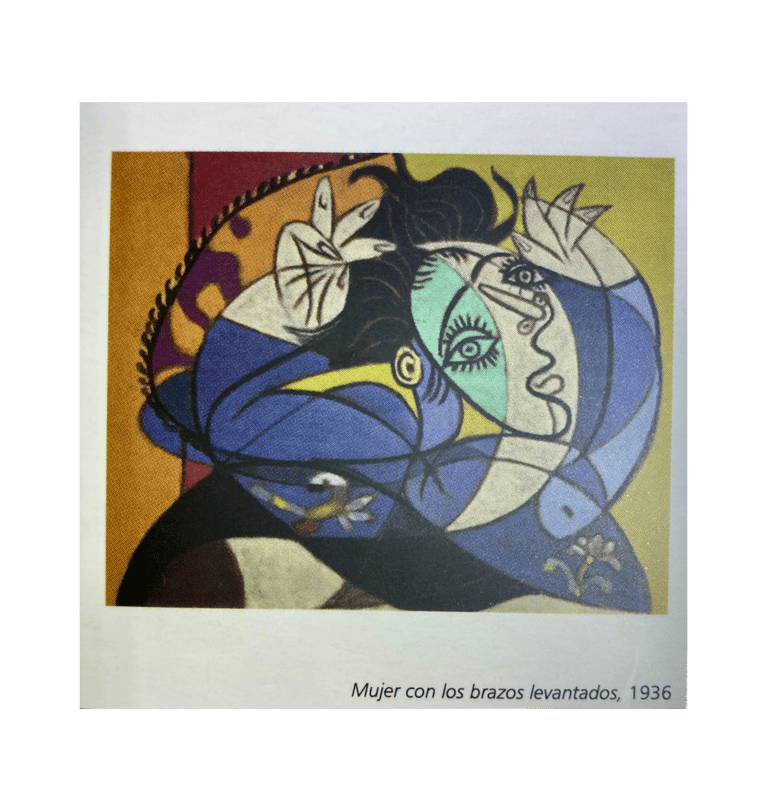Art History 101: Noteworthy Periods Every Art Lover Should Know.
6/1/20252 min read


Understanding Art History
Art history is a fascinating subject that provides insight into the cultural, social, and political environments that shaped artists and their works. Whether you are a seasoned art lover or a novice, exploring different periods in art history can deepen your appreciation and understanding of various artistic expressions.
The Renaissance: A Rebirth of Humanism
The Renaissance, spanning from the 14th to the 17th century, marked a pivotal time in art history. Originating in Italy, this period is characterized by a renewed interest in classical antiquity and a focus on humanism. Artists such as Leonardo da Vinci and Michelangelo created masterpieces that emphasized naturalism and human emotion. The use of perspective became crucial during this time, as seen in works like da Vinci's 'The Last Supper.' The Renaissance not only celebrated the human form but also explored themes of mythology, religion, and the complexities of human nature.
The Baroque Period: Drama and Emotion
Emerging in the late 16th century and continuing into the 18th century, the Baroque period is known for its dramatic use of light, vibrant colors, and emotional intensity. This period often sought to evoke emotional responses through grandeur and theatricality. Prominent artists like Caravaggio and Rembrandt became famous for their mastery of chiaroscuro—the contrast of light and shadow. Baroque art often featured dramatic narratives and bold compositions, appealing to the viewer’s senses and emotions.
Modern Art: Breaking Boundaries
As we move into the 19th and 20th centuries, the landscape of artistic expression changed radically, culminating in the Modern Art movement. This period saw a break from traditional forms and the exploration of new styles and techniques. Movements such as Impressionism, led by artists like Claude Monet, focused on capturing fleeting moments and the effects of light. Then came movements like Cubism, founded by Pablo Picasso, which deconstructed subjects into abstract forms, fundamentally altering how we perceive art. Modern art challenges viewers to engage with art in new and innovative ways.
In conclusion, art history is rich with diverse periods that reflect humanity's evolving thoughts and cultures. From the human-centered works of the Renaissance to the dramatic expressions of the Baroque and the boundary-pushing innovations of Modern Art, understanding these noteworthy periods provides invaluable insights. For art lovers, learning about these movements enhances not only appreciation, but also the understanding of art's role in society throughout history.
Follow us for more Art Information:
Explore a diverse collection of global art.
info@NiaInternationalArtworks.com
© 2025. All rights reserved.
Follow Us:
